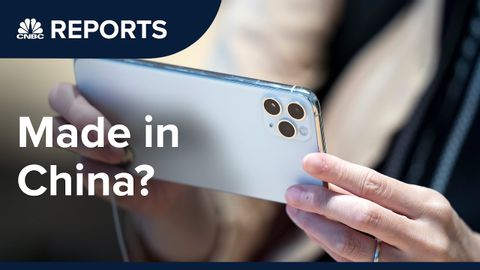メイド・イン・チャイナ」の本当の意味|CNBCレポート (What it really means to be ‘Made in China’ | CNBC Reports)
Summer が 2021 年 01 月 14 日 に投稿  この条件に一致する単語はありません
この条件に一致する単語はありませんUS /ˈkɑmprəˌmaɪz/
・
UK /'kɒmprəmaɪz/
- v.t./i.妥協する;妥協する;危険にさらす;漏洩する
- n. (c./u.)妥協
US /ɪˈnɪʃətɪv/
・
UK /ɪ'nɪʃətɪv/
- n. (c./u.)自発力;新たな計画;自発性;第一歩;発議
US /ˈɪnfrəˌstrʌktʃɚ/
・
UK /'ɪnfrəstrʌktʃə(r)/
- n. (u.)インフラ;社会基盤;組織基盤;IT基盤
- v.t.おごる;治療する;扱う;処理する
- n. (c./u.)おごり;珍味;ご褒美
エネルギーを使用
すべての単語を解除
発音・解説・フィルター機能を解除

